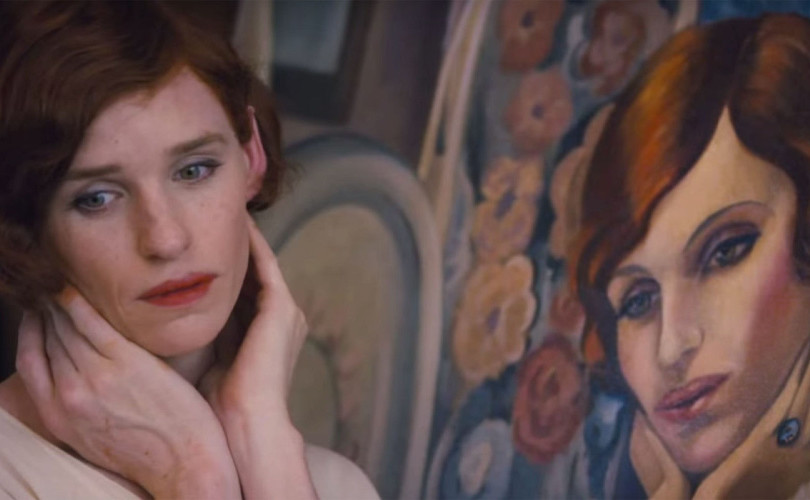“Life isn’t about finding yourself. Life is about creating yourself.” — George Bernard Shaw
Europe in the 1920s was a garden of pioneers in art, cinema, literature and science, but it was at that time that one very unusual human being became a pioneer in the still mysterious and perhaps illegal medical process of sex reassignment surgery. Thus began the storied transformation of Einar Magnus Andreas Wegener into “Lili Elbe.” Now the story comes to the screen as “The Danish Girl.”
Lucinda Coxon’s excellent screenplay is drawn from the 2009 novel by David Ebershoff and brought to the screen by director Tom Hooper (“The King’s Speech”).
It boasts a splendid cast. Alicia Vikander (“Ex Machina”) plays Gerda Wegener, Einar’s wife. The talented Eddie Redmayne, who soared into the brighter lights with his Oscar-winning performance as Stephen Hawking in “The Theory of Everything,” plays Elnar Wegener/Lili.
The couple are supported by Matthias Schoenaerts who plays Hans, an old school chum of Einar’s, and who as a teenager gave him his first kiss. Hans emerges mid-story as a helpful friend who eventually falls in love with Gerda. Schoenaerts, a killer in the 2014 “The Drop,” emerged with great reviews in “Far From the Madding Crowd.”
It’s no surprise that such a group would produce a film of quality and excellence.
We learn that historically Einar Magnus Andreas Wegener, better known as Lili Elbe, was a reasonably successful landscape artist in Copenhagen and had been for years living with “Lili Ilse Elvenes” inside his frail androgynous body, aching to break out and become the woman he thought God had meant him to be.
Elbe met the lovely Gerda Gottlieb while studying at the Royal Danish Academy of Fine Arts in Copenhagen. They then married and joined their artistic lives together.
In Hooper’s film, Elbe, when asked by Gerda to wear a few garments to fill in for an absent model, felt instantly comfortable and posed in full woman’s attire for a series of paintings that made Gerda an instant success. After that, Elbe went full out and passed in public as “Lili,” gleefully sashaying through the crowds on festive occasions.
Gerda, on one occasion, presented Elbe as her sister with his true identity hidden from only a few close friends. Perhaps it worked at the time, but watching Redmayne walk through the same ruse in Hooper’s film fails to convince despite his remarkable performance.
In “The Danish Girl” much of the truth seems to have been muddled in translation and with different brush stokes.
Ebershoff insists that his novel, based on Elbe’s diaries and letters, is a fictionalized account of Lili’s life with considerable deviations from historical fact. Ebershoff states that much of the content of his novel has “indeed been fabricated for creative reasons.” Keep that well in mind.
So here we’re given a beautiful film, a story of an artist’s life with its pains and pleasures, storms and rainbows. It’s Tom Hooper’s lovely, scenic tale of a tortured artist’s double life. How much is truth, how much fiction? Contradictions abound, but as Alfred Hitchcock famously said, “It’s just a movie.” And a charming movie it is.
J.P. Devine is a former stage and screen actor and author of “Will Write For Food.”
Send questions/comments to the editors.



Comments are no longer available on this story